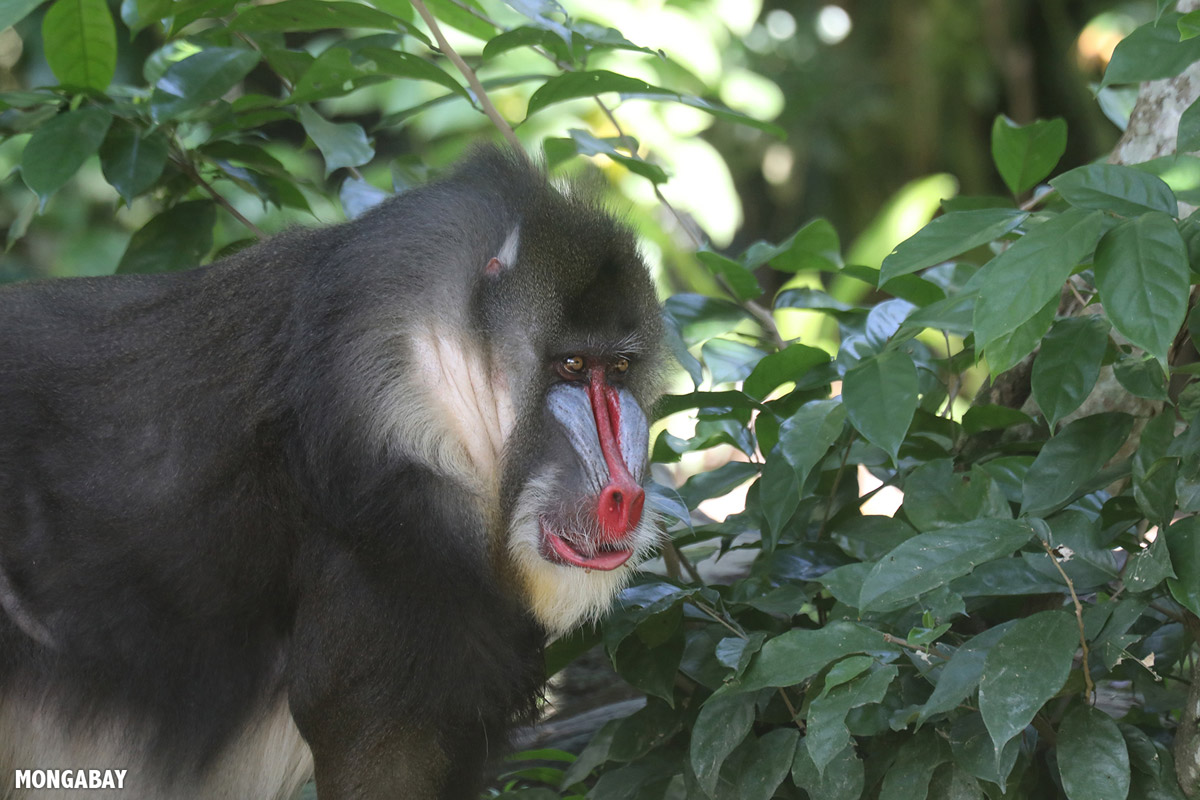- Three Arctic seal species have been moved up to higher threat categories on the IUCN Red List, with one now endangered and two now near threatened.
- Global warming is melting away the sea ice they need for breeding, resting and feeding, which has led to widespread breeding failures among ice-dependent seals.
- Loss of sea ice is also opening the region to more human activity, including shipping and oil exploration, bringing added disturbance, noise and pollution.
- The IUCN warns a similar pattern is emerging in the Antarctic. It says urgent global emissions cuts, along with stronger local protections such as reducing bycatch and pollution, are needed to prevent further declines.
See All Key Ideas
Three Arctic seal species have moved closer to extinction, as rapid sea ice loss continues to erode their breeding and feeding grounds, according to the latest update of the IUCN Red List of Threatened Species.
The update, released Oct. 10 during the IUCN World Conservation Congress in Abu Dhabi, “uplists” the hooded seal (Cystophora cristata) from vulnerable to the higher-threat category of endangered, and the bearded seal (Erignathus barbatus) and harp seal (Pagophilus groenlandicus) from least concern to near threatened.
Arctic seals depend on stable sea ice to breed, raise their pups, rest and access feeding areas. As temperatures climb globally, they are rising about four times faster in the Arctic than elsewhere and sea ice is thinning and melting earlier every year. This loss has undermined reproduction across multiple species.
“The major driver of the declines that we are seeing is breeding habitat deterioration as a direct result of climate change,” Kit Kovacs, co-chair of IUCN’s Species Survival Commission Pinniped Specialist Group, told Mongabay. Kovacs participated in the uplisting decision.
When sea ice melts or breaks apart too soon, pups may drown, freeze or be killed by predators or collapsing ice. “Sea ice is disappearing and ice-dependent species of all sorts are threatened by these losses,” said Kovacs, a marine mammal biologist who lives in Tromsø, Norway, and travels regularly to the country’s Svalbard archipelago for fieldwork and to teach at the University Centre in Svalbard. “Recruitment of youngsters into the populations are failing.”
Moreover, she said, the retreating ice also makes it harder for seals to rest and feed, which compromises their overall health and survival.
A hooded seal pup in the Netherlands. Image by Michael Bakker Paiva via Wikimedia Commons (CC BY 4.0).
Harp seals on floating sea ice off Greenland. Image by Brian Gratwicke via Wikimedia Commons (CC BY 2.0).
Expanding crisis at both poles
Kovacs told Mongabay that IUCN’s current assessments of all pinniped species began in 2021 and she expects her working group to complete them in 2026. The three are part of a broader pattern observed over several assessment cycles. She noted that other ice-dependent species of various taxa already moved into higher threat categories in the previous assessment in 2015-16, and the trend is expected to continue.
Warning signs are now emerging in the Southern Hemisphere, where sea ice loss in the Southern Ocean is beginning to affect both ice-dependent predators and their prey, Kovacs said. The Antarctic fur seal (Arctocephalus gazella), currently listed as least concern, may soon be classified as endangered, she said. The species has declined by more than 50% over the last three generations, a drop she said is likely linked to sea ice loss affecting krill and other ice-dependent prey.
“The impacts can be direct — or indirect — but track back to a changing cryosphere,” she said.
A bearded seal in Kongsfjorden, Svalbard, Norway. Image © Nick Cobbing / Greenpeace.
An adult hooded seal in the Arctic. Image ©️Justin Hofman.
Global urgency, local actions
Kovacs said reversing seal population declines requires tackling the problem at its source. “The most important actions we could undertake to protect ice-dependent animals involve large-scale efforts to slow or reverse climate change,” she said.
In a news release announcing the Arctic seal uplisting, the IUCN said governments have an opportunity at the next global climate summit, coming up in November in Belém, Brazil, to “accelerate action that protects biodiversity, stabilises our climate, and builds a future where people and nature flourish together.”
Beyond the loss of sea ice, the IUCN noted, Arctic seals face additional pressures from shipping, underwater noise, oil and mineral exploitation, hunting and bycatch in fisheries. Safeguarding key habitats from human activities, reducing bycatch, ensuring sustainable hunting and curtailing noise impacts are critical to minimizing Arctic seal declines, the group stated.
Kovacs added that it’s also important to avoid overfishing species the seals and other predators rely on for food and to reduce pollution levels.
Beyond their own survival, ice-dependent seals are integral to the wider Arctic ecosystem, the IUCN noted in the news release. They serve as prey for polar bears and as a subsistence resource for Indigenous communities, while also regulating marine food webs by consuming fish and invertebrates and recycling nutrients. Scientists describe them as keystone species — animals whose survival underpins the stability of the entire marine environment.
“Protecting Arctic seals goes beyond these species; it is about safeguarding the Arctic’s delicate balance, which is essential for us all,” Kovacs said.
Banner image: A harp seal on ice off Greenland. Image by Brian Gratwicke via Wikimedia Commons (CC BY 2.0).
Citation:
Rantanen, M., Karpechko, A. Y., Lipponen, A., Nordling, K., Hyvärinen, O., Ruosteenoja, K., Vihma, T., & Laaksonen, A. (2022). The Arctic has warmed nearly four times faster than the globe since 1979. Communications Earth & Environment, 3(1). doi:10.1038/s43247-022-00498-3
FEEDBACK: Use this form to send a message to the editor of this post. If you want to post a public comment, you can do that at the bottom of the page.





